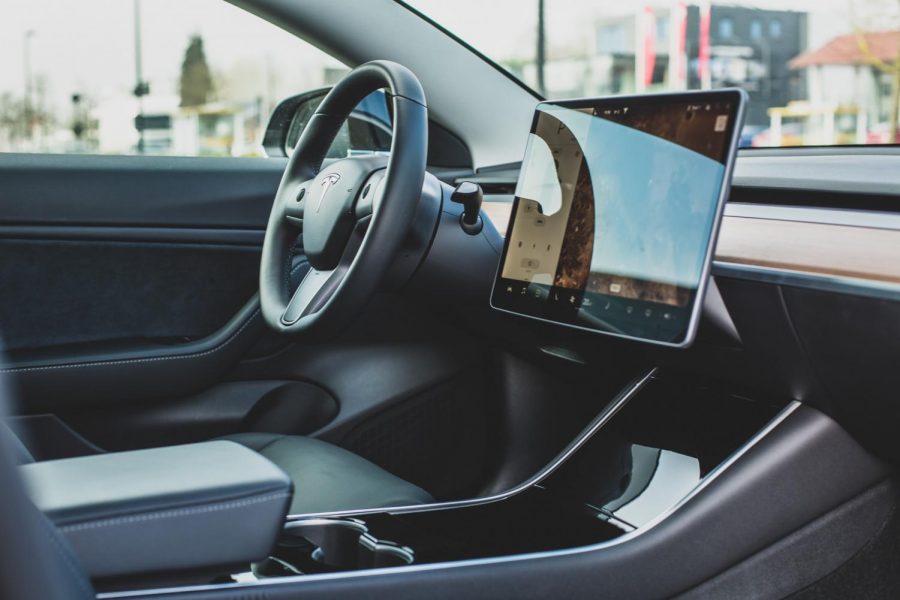The Latest Developments From Tesla: ‘Tabless’ Batteries, Two New Models, and a Mystery Vehicle
Tesla plans to move away from third-party sourcing and begin its own cell battery production plants.
At Tesla’s Battery Day event on September 22nd, 2020, CEO Elon Musk announced numerous goals and developments for the company. These included new battery technologies, environmental goals, and a proposed $25,000 car.
Musk explained his plans for Tesla to develop its own “tabless” batteries, which will theoretically improve vehicle range and power. Currently, Tesla sources its batteries from Panasonic, but these new cells will be produced domestically, reducing costs and waste. At the event, Musk said, “It’s absolutely critical that we make cars that people can actually afford….Affordability is key to how we scale.”
As “tabless” suggests, these batteries will not have a singular tab that connects them to the entire power system, which is the way that a standard AA batttery is constructed. Instead, the whole edge of the battery will be responsible for current and heat transfer, improving efficiency through a simplification in manufacturing. Tesla calls these new batteries 4680 cells, and they will be six times more powerful, five times more energy-dense, and increase range to 520 miles for top-tier models.
Musk also declared that a new battery cathode plant would be constructed in North America in order to reduce supply chain costs and to simplify production. The current goal is to reduce costs by 76 percent and produce zero wastewater. The new plant’s location has not yet been revealed, but it is expected to be located in either Austin, Texas, or Tusla, Oklahoma.
Most notably, Musk announced two new models to the Tesla lineup. First, he displayed a new trim for the Model S, dubbed the Model S Plaid, which is a step up from the top tier Ludicrous Model. Starting at $139,000, the trim is expected to have an EPA estimated range of 520 mules, a 0-60mph time of under two seconds, and a top speed of 200 mph.
Yet, the most prized model is the $25,000 mystery vehicle. Using its new battery technology and manufacturing processes, Musk hopes to get the vehicle into production within the next three years. “I think this certainly gives us hope for an affordable electric car, especially in a world that’s more expensive but one trending to renewable energy,” said Jason Sethiadi ’21.
However, competition continues to grow as other manufacturers expand their electric fleet. Hoping to chip into the market, Ford invested $500 million in electric vehicle (EV) startup Rivian to gain exclusive rights to their ‘skateboard’ pickup truck platform. Earlier this year, Ford also unveiled its first electric crossover, the Mustang Mach-E. General Motors has also promised to release twenty new electric vehicles by 2023, including its re-imagined GMC Hummer EV.
As the market continues to expand, the diversification of brands will only encourage competition and innovation. Electronic Vehicle (EV) sales make up an incredibly small portion of the automotive sector, but as new developments come to fruition, their presence on the road will continue to increase. Market competition incites innovation and EVs will soon be more accessible and affordable to all consumers.
Electronic Vehicle (EV) sales make up an incredibly small portion of the automotive sector, but as new developments come to fruition, their presence on the road will continue to increase.
Alex Tembelis is a News Editor for ‘The Science Survey.' He believes that journalistic writing has a responsibility to inform the public about world...

